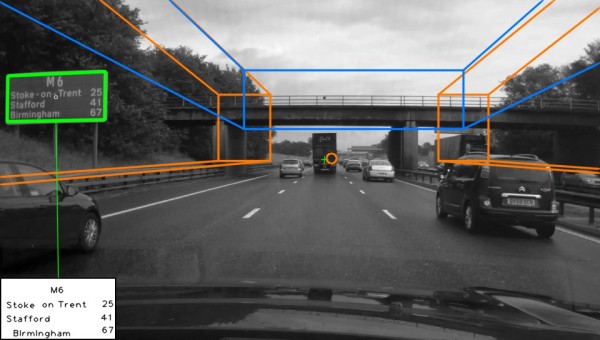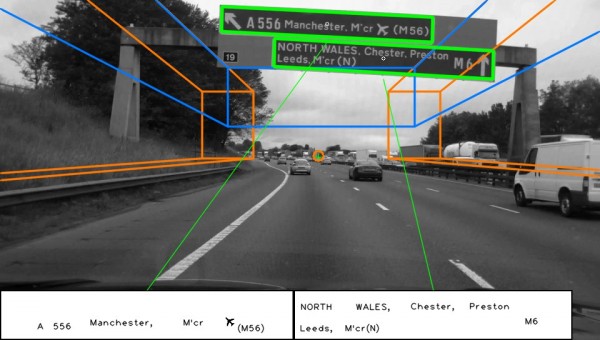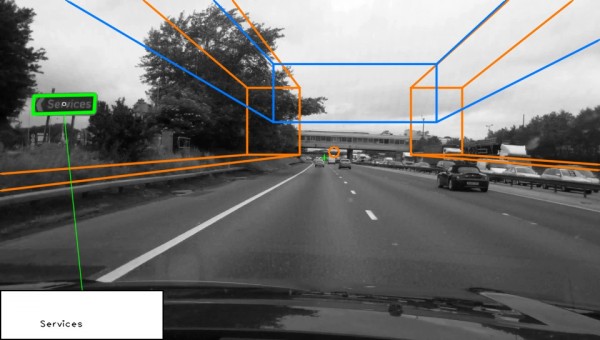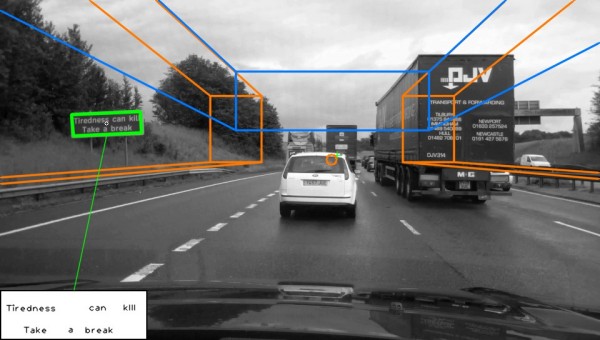Visual Monitoring of Driver and Passenger Control Panel Interactions
Researchers
Toby Perrett and Prof. Majid Mirmehdi
Overview
Advances in vehicular technology have resulted in more controls being incorporated in cabin designs. We present a system to determine which vehicle occupant is interacting with a control on the centre console when it is activated, enabling the full use of dual-view touchscreens and the removal of duplicate controls. The proposed method relies on a background subtraction algorithm incorporating information from a superpixel segmentation stage. A manifold generated via the diffusion maps process handles the large variation in hand shapes, along with determining which part of the hand interacts with controls for a given gesture. We demonstrate superior results compared to other approaches on a challenging dataset.
Examples
Some example interactions with the dashboard of a Range Rover using near infra-red illumination and a near infra-red pass filter:
Some sample paths through a 3D manifold. The top row of images correspond to a clockwise dial turn. The middle row corresponds to a button press with the index finger, and the bottom shows how finer details such as a thumb extending can be determined:
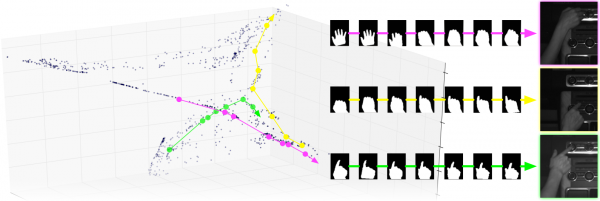
References
This work has been accepted for publication in IEEE Transactions on Intelligent Transportation Systems. It is open access and can be downloaded from here:
http://ieeexplore.ieee.org/stamp/stamp.jsp?tp=&arnumber=7486959

